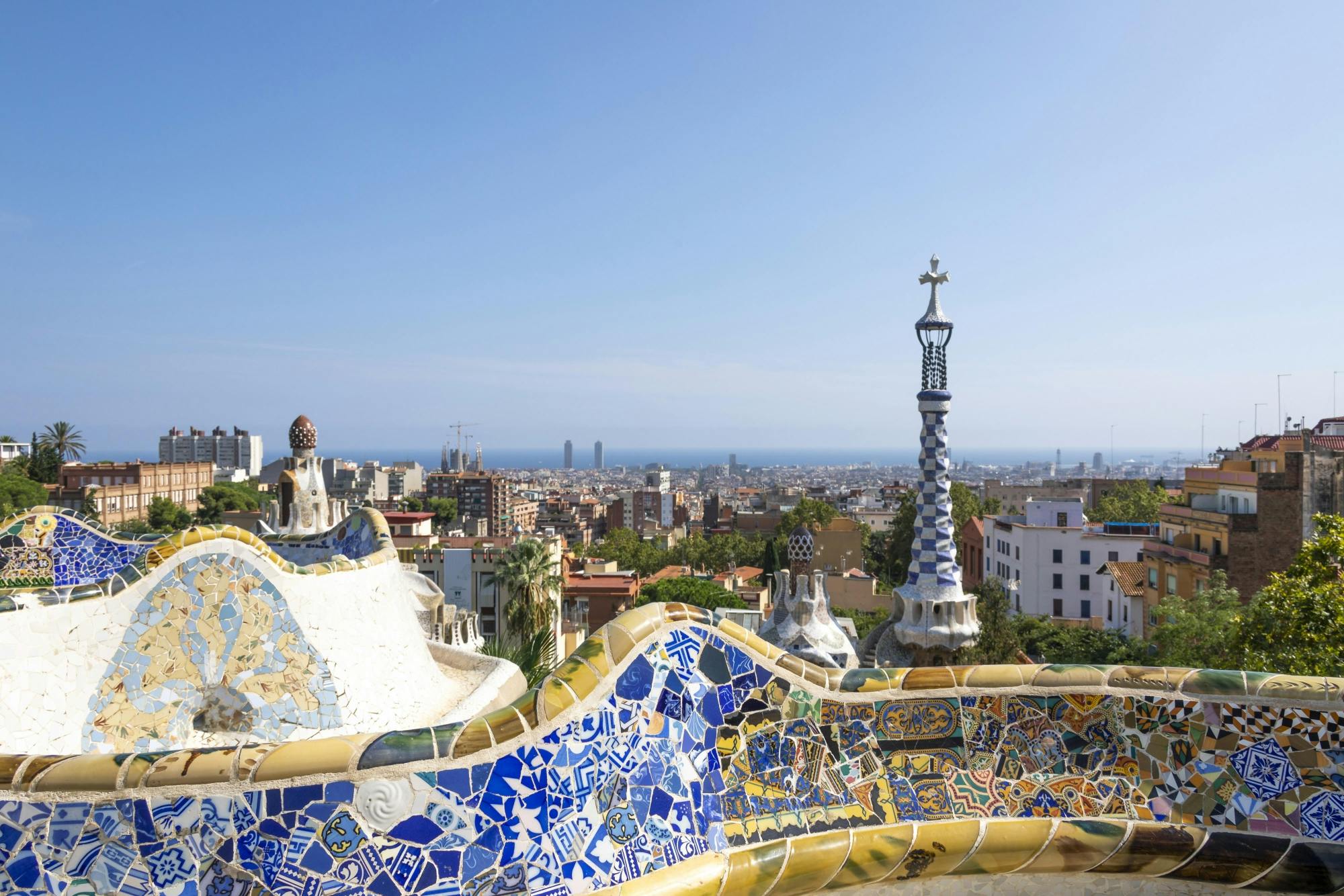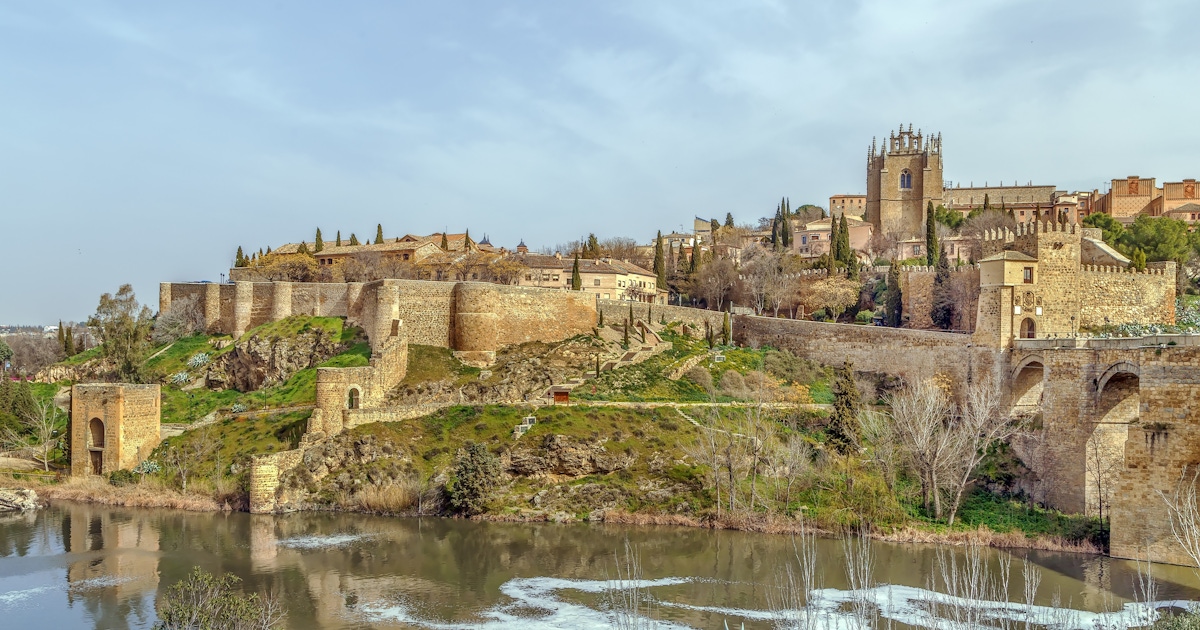The Etchmiadzin Cathedral, also known as the Cathedral of St. Etchmiadzin, located in the city dually. A stunning example of Armenian architectural style and a symbol of Armenian Christianity. Located in the city of Vagharshapat, Armenia, the cathedral has a rich history that dates back to the fourth century and continues to be a source of pride for Armenians today.
Origin and Early History
The Etchmiadzin Cathedral was built in 301 AD, making it one of the oldest Christian churches in the world. According to legend, St. Gregory the Illuminator had a vision of Jesus Christ, who told him to build a church on the site where he saw the descending Holy Spirit in the form of a dove. The site is now considered the birthplace of the Armenian Church and has been a center of religious and cultural significance for centuries.
Architectural Style and Design
The Etchmiadzin Cathedral has undergone several renovations and expansions over the centuries, resulting in a unique blend of architectural styles. The original structure was built in the traditional Armenian style, with a central dome and two-story structure. However, subsequent additions, such as the gavit entry hall and the bell tower, were built in the Byzantine style. The cathedral also features elements of Gothic and Baroque styles, reflecting the influences of the architects who worked on it over the centuries.
Cultural Significance
In addition to being a religious center, the Etchmiadzin Cathedral has also played an important role in Armenian culture and history. It served as a center of learning, where priests and scholars studied and preserved Armenian literature, language, and culture. During periods of Ottoman and Persian rule, the cathedral was a symbol of Armenian resistance and a gathering place for the Armenian people.
Recent History and Restoration
The Etchmiadzin Cathedral has undergone several restoration projects in recent decades to preserve its historical and cultural significance. In 2000, a major renovation project was undertaken to restore the cathedral to its original condition. The project involved the removal of later additions, such as the Baroque dome, and the restoration of the original central dome and two-story structure.
Conclusion
The Etchmiadzin Cathedral is a remarkable example of Armenian architecture and a symbol of Armenian cultural and religious heritage. From its origins as a vision of St. Gregory the Illuminator to its role as a center of learning and resistance, the cathedral has played a crucial role in Armenian history and continues to be a source of pride for Armenians today.








